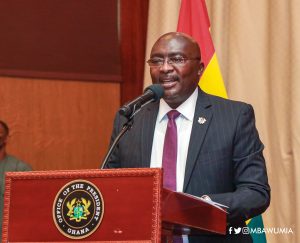According to the Ghana Statistical Service, at least a quarter of a million people were unemployed and living in households with inadequate food in each of the four quarters of 2022.
Between 250,000 and 330,000 people were estimated to be unemployed and living in food insecurity in the labor force in the third quarter.
As per the report, every quarter of 2022 saw over half a million people in the labor force unemployed and multidimensionally poor, with an estimated 550,000 in the fourth quarter and 780,000 in the first.
The Ghana Annual Household Income and Expenditure Survey: Quarter 4 2022 Labour Statistics Report, which was just released, is where the GSS claims these data were from.
“The unemployment rate in the fourth quarter was 11.5 percent, the lowest recorded across all quarters in 2022. Fourth quarter unemployment rates are higher for females (12.5%) compared to males (10.3%); and higher in urban areas (14.3%) compared to rural (7.8%), patterns consistent with what was observed for the previous three quarters.”
“Two in every three (68.1%) employed persons 15 years and older in the fourth quarter were in vulnerable employment (i.e. self-employed without employees or contributing family workers), the highest recorded across all quarters,” GSS report revealed.
More than half of all employed people, with the exception of Greater Accra, were in vulnerable employment, according to data from the Ghana Statistical Service.
It also stated that the North East (92.1%), Savannah (90.6%), and Northern (84.2%) regions had the highest rates of vulnerable employment in the fourth quarter.
“Over 2.1 million persons aged 15 to 35 years were not in education, employment, or training (NEET) across all quarters. In the fourth quarter, one in every five persons (20.2%) aged 15 to 35 years was NEET. Greater Accra recorded the highest NEET rate (26.5%) in the fourth quarter, followed by the Ashanti (22.9%) and Upper East (22.9%) regions.”
“All 16 regions recorded double-digit figures for youth NEET in all quarters with the lowest recorded in Oti in the fourth quarter (11.2%).”







